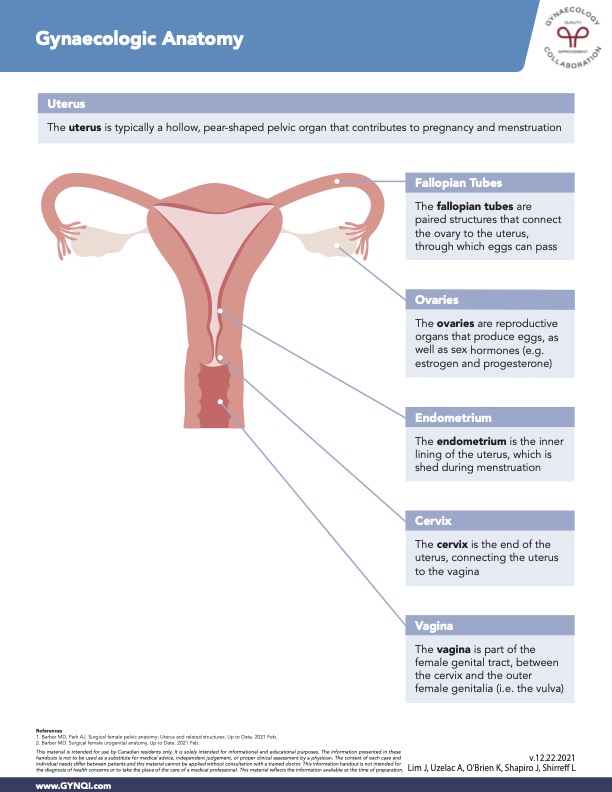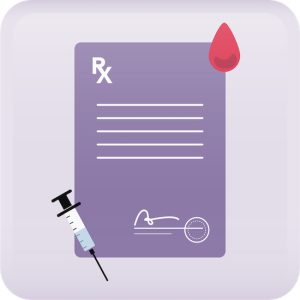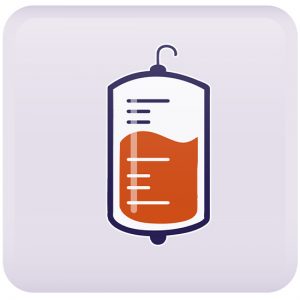
Table of Contents
- Summary
- Insight into Gynaecologic Anatomy
- Uterus
- Fallopian Tubes
- Ovaries
- Endometrium
- Cervix
- Vagina
- An Overview of Gynaecologic Anatomy
Summary:
- Understanding the female reproductive system—comprising the ovaries, fallopian tubes, uterus, cervix, and vagina—is crucial for comprehending overall health and reproductive function.
- The uterus plays a key role in the menstrual cycle, preparing for pregnancy each month and providing an environment for fetal development during pregnancy.
- The fallopian tubes transport eggs from the ovaries to the uterus, while the ovaries produce eggs and hormones essential for reproduction and overall hormonal balance.
- The endometrium lines the uterus and thickens in preparation for pregnancy, shedding if fertilization doesn’t occur. The cervix connects the uterus to the vagina, serving as a gateway between the two.
- A clear understanding of how each part contributes to the larger system helps individuals better understand their bodies and spot potential symptoms
Gaining insight into gynaecologic anatomy is essential for understanding your health. It focuses on the structures that make up the reproductive system, including the ovaries, fallopian tubes, uterus, cervix, and vagina. These organs play critical roles in reproductive health, hormone regulation, and overall bodily functions.
Understanding gynaecologic anatomy helps identify the physical causes of certain symptoms or conditions, enabling individuals to make informed decisions about their health and wellness.
Insight into Gynaecologic Anatomy
Understanding gynecologic anatomy is essential for anyone looking to learn more about women’s health. This branch of anatomy covers the structures of the female reproductive system, including the ovaries, fallopian tubes, uterus, cervix, and vagina. Each of these organs plays a vital role in reproductive health, hormone regulation, and overall bodily function.
A clear knowledge of gynecologic anatomy not only helps in identifying the physical basis for certain symptoms or conditions but also empowers individuals to make informed decisions about their health and wellness.
Uterus
The uterus, a hollow, pear-shaped organ located in the pelvis, is essential to reproductive health. It supports the menstrual cycle by preparing for potential pregnancy each month and, if fertilization occurs, provides a nurturing environment for fetal development throughout pregnancy.
Fallopian Tubes
The fallopian tubes are two slender, tube-like structures that extend from each side of the uterus to the ovaries. Their primary function is to transport mature eggs from the ovaries to the uterus, creating a pathway for fertilization.
Ovaries
The ovaries are small, oval-shaped reproductive organs responsible for producing eggs and essential sex hormones, including estrogen and progesterone. Located on either side of the uterus, the ovaries release an egg during each menstrual cycle, a process known as ovulation.
Endometrium
The endometrium is the innermost layer of the uterus, designed to thicken each month in preparation for a potential pregnancy. If fertilization does not occur, this lining is shed during menstruation, restarting the cycle.
Cervix
The cervix is the lower, narrow part of the uterus that connects it to the vagina, acting as a gateway between the two.
Vagina
The vagina is a muscular, flexible part of the female genital tract that extends from the cervix to the external genitalia, or vulva.
An Overview of Gynaecologic Anatomy
Understanding gynaecologic anatomy helps us appreciate the important roles these organs and structures play in overall health. The uterus, fallopian tubes, ovaries, endometrium, cervix, and vagina each have key functions, such as regulating hormones, supporting the menstrual cycle, and enabling pregnancy.
Knowing how each part works within the greater system can help people better understand their bodies, recognize symptoms, and make informed decisions about their health.



